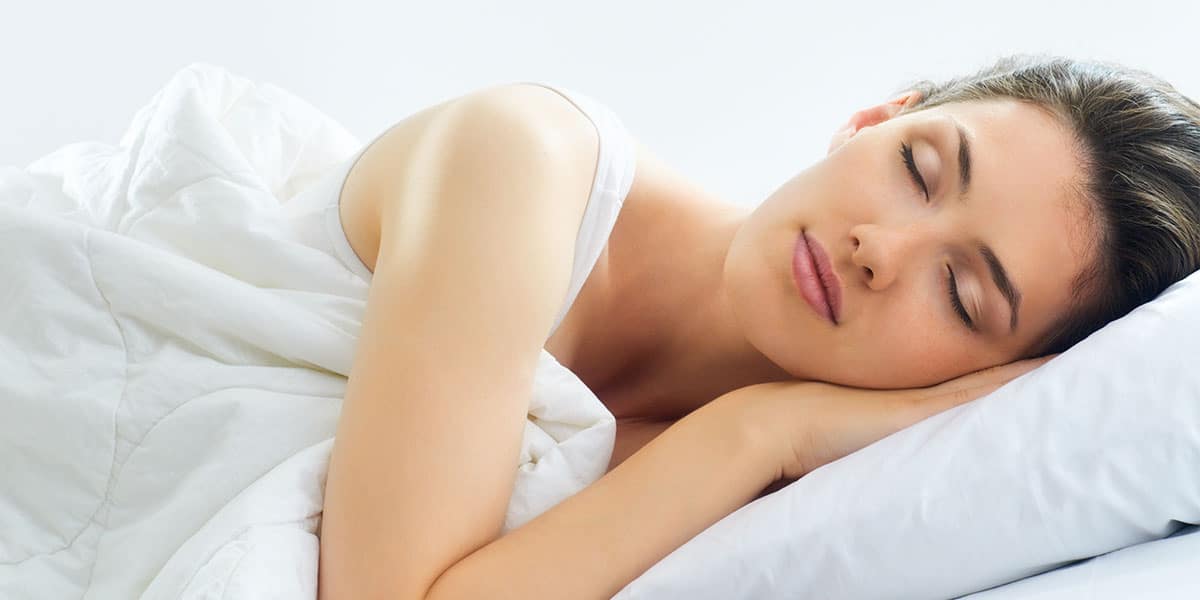Obstructive sleep apnea (OSA) symptoms, such as a pause in breathing, gasping for air, and snoring, were once diagnosed as merely a lifestyle issue. Today, OSA is recognized as a serious medical condition that requires proper treatment. Left untreated, it can lead to type 2 diabetes, stroke, heart attack, and even a shortened lifespan. Fortunately, OSA can be effectively managed with treatments like Inspire implant, CPAP therapy, or an oral appliance.
What steps should I take to begin treatment?
To begin treatment, a sleep study is required. The good news is that you no longer have to visit a sleep lab. Advanced home sleep studies now offer a convenient alternative. One of them is WatchPAT. A board-certified sleep physician will provide a diagnosis, allowing you to start the right treatment for a healthier life. Please call Lyons Family Dentistry for your free consultation.
You're ready to start treatment for obstructive sleep apnea and you receive your sleep study results. One of the most critical indicators in your sleep test is the apnea-hypopnea index.
What is apnea?
Apnea is an episode where you stop breathing for 10 seconds or more, similar to having a cork in your throat.
What is hypopnea?
Hypopnea is a partial blockage where breathing is restricted, like trying to inhale through a small straw.
How is AHI measured?
Your sleep study measures how many times per hour you stop or struggle to breathe.
What are the AHI categories?
AHI from 0 to 5 is the normal range. AHI 5 to 15 indicates mild OSA, AHI 15 to 30 indicates moderate OSA, and AHI 30 or more indicates severe OSA.
What to do with your AHI score?
Now that you know your AHI score, you can discuss with your doctor the severity of your OSA and explore the best treatment options to manage it effectively. Please call Lyons Family Dentistry for your free consultation.

Snoring
Caused by a narrowing or blocking of the airway, snoring is a common problem that can affect both men and women of all ages. The disruption of airflow created by the narrowing causes the soft palate and tissues of the throat to vibrate. The narrower the airway becomes, the louder the snoring.
Snoring can often be treated by wearing a customized mouth guard that maintains an open, unobstructed airway in the throat while you sleep.
Some common causes of snoring include:
- Inflammation of the tissues in the mouth nose or throat (including tonsils)
- Blocked nasal passages (often caused by a cold or allergies)
- Lack of muscle tone (due to aging or poor fitness levels)
- Obesity causing the airway to narrow due to fat
- Medicines that cause relaxation
Sleep Apnea
Mild sleep apnea can often be treated with lifestyle changes such as losing weight, positional therapy or by wearing an appliance to help maintain an open airway while you sleep.
For moderate to severe sleep apnea, a breathing device called CPAP (continuous positive airway pressure) or surgery to widen the breathing passages by shrinking, stiffening, or removing excess tissue in the mouth and throat or resetting the lower jaw may be helpful. A CPAP machine uses a mask that fits over your mouth and/or nose and gently blows air into your throat. This air pressure helps keep your airway open while you sleep. Surgery to shrink the tissue involves a small shot into the breathing passages. Surgery to stiffen excess tissue requires a small incision in the tissue and inserting a piece of stiff plastic.
You can learn more about Better Sleep by visiting our BSleep Website.



